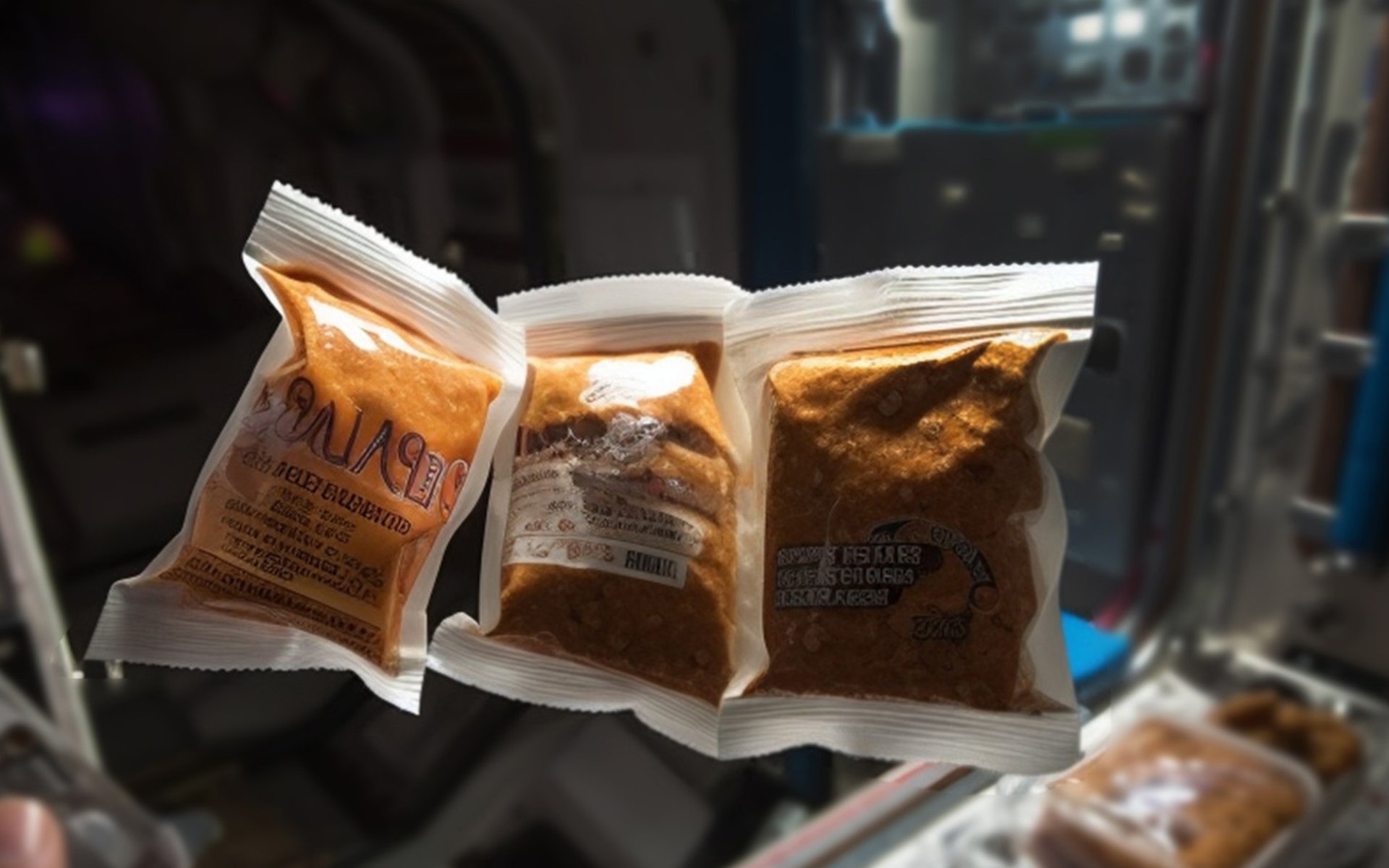Space Food

When astronauts embark on adventures beyond Earth, have you ever wondered what they eat while living in a weightless environment? Fundamentally, astronaut food has many limitations: it must be portable, contain complete nutrients to avoid vitamin deficiencies (such as scurvy, caused by insufficient Vitamin C), and most importantly, it must be extremely safe, as medical assistance and hospitals are far away in space.
The Evolution of Space Food by NASA
Over the years, NASA has continuously developed technology to solve the challenges of food in space. In the early days, astronaut food typically consisted of unappetizing semi-prepared or semi-liquid dehydrated foods, consumed by squeezing them from tubes rather than using spoons. Later, food was developed to a higher level, providing astronauts with more options such as dehydrated milk, coffee, grape juice, and soups that could be rehydrated with a small amount of water.
As time went on, NASA developed new types of processed foods, compacted into cube shapes, making them much more convenient to eat without needing to bite or cut. Examples include toasted bread cubes, strawberry cubes, bacon cubes, or even snacks like sugar cubes, chocolate, and peanut butter. Today, space food continues to be developed and evolve, but cleanliness and safety remain the most critical factors.
Constraints and Food Preparation in Zero-Gravity
In the space environment, everything floats in weightlessness. Therefore, food consumed in space must be processed to be as lightweight and water-free as possible, by being thoroughly dehydrated. When ready to eat, hot or cold water is added from a dispenser to rehydrate it.
Currently, the preparation of astronaut food for NASA is conducted by the Space Food Systems Laboratory (SFSL) at the Johnson Space Center in Houston, Texas. Astronauts can even choose the meals they desire for their missions.
NASA's Food Safety Standards: Impacting Earth's Food Supply
Since 1960, NASA has established food safety standards that are widely used globally. This highlights NASA's strong emphasis on the safety standards of all food consumed by astronauts to minimize the risk of foodborne illness.
The food quality standards for astronauts must pass rigorous safety quality control by NASA. This includes inspections from the source of raw materials, cooking processes, packaging, transportation, and storage to ensure that the food consumed by astronauts is 100% safe and free from contaminants.
Due to NASA's very high food quality standards, many businesses today are beginning to focus on developing products to meet the same safety levels as set by NASA. This is because not only astronauts need safe food, but people on Earth also demand safe food.
In other countries, various products have already met NASA's standards, meaning these foods have passed the criteria for space travel, and we can purchase such high-safety-level food for consumption at home. Soon, it is expected that products meeting NASA's safety standards will also be available in Thailand.


